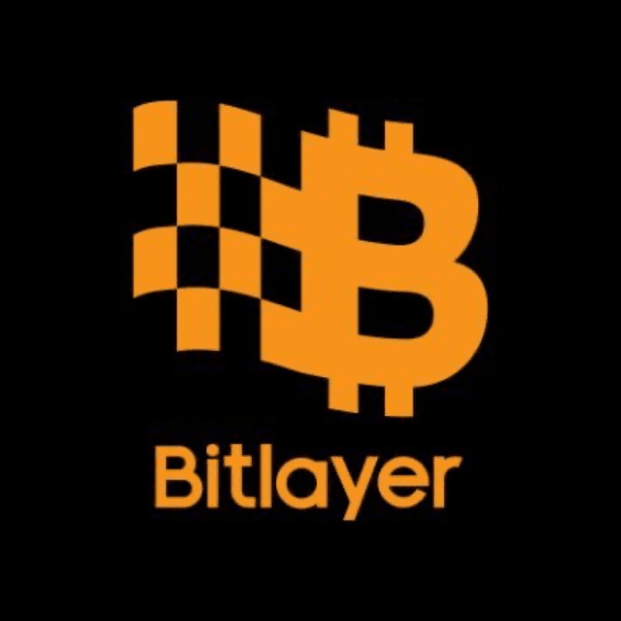The core challenge of Bitcoin Layer 2 (L2) is balancing security, scalability, and smart contract compatibility. Bitlayer innovatively combines BitVM (Bitcoin Virtual Machine) and OpVM (Optimistic Virtual Machine) technologies, inheriting the security of the Bitcoin mainnet while achieving high-performance smart contract execution, making it one of the most groundbreaking solutions in the current Bitcoin ecosystem.

1. BitVM: The cornerstone of Bitcoin security
Bitlayer's core design relies on BitVM, a verification paradigm based on Bitcoin scripts that allows for the verification of complex off-chain computations on the Bitcoin mainnet. Its key innovations include:
• Trustless bidirectional anchoring: Through the combination of OP-DLC (Discrete Log Contracts) and the BitVM bridge, user assets can be transferred across chains without relying on multi-signature custody, but rather ensuring that funds can only be unlocked by legitimate operators through cryptographic proof.
• Off-chain computation + on-chain verification: BitVM moves most computations off-chain, triggering Bitcoin mainnet verification only in disputes, greatly reducing on-chain load. For example, withdrawal operations are funded by the Operator node, and the reimbursement process is secured through the fraud proof mechanism.
2. OpVM: Efficient execution engine for smart contracts
#Bitlayer 's OpVM (Optimistic Virtual Machine) is the core component for achieving smart contract compatibility, featuring:
• Layered Virtual Machine (LVM) architecture: Decouples the execution of smart contracts on the front end from the zero-knowledge proof (ZKP) back end, supporting various virtual machines (such as EVM) and proof systems (like ZK-STARKs), allowing developers to seamlessly migrate DApps from the Ethereum ecosystem.
• Optimistic validation mechanism: Transactions are assumed to be valid by default and fraud proofs are only accepted during the challenge period (e.g., 7 days). This design significantly enhances throughput while ensuring on-chain verification through BitVM's security.
3. Performance breakthrough: Modularization and compatibility
Bitlayer further optimizes performance through modular design:
• ZK Rollup + modular settlement layer: Transaction data is batch submitted to the Bitcoin mainnet after being compressed via ZK proofs, reducing on-chain storage pressure.
• EVM equivalence: Fully compatible with the Ethereum toolchain (like Solidity), attracting developers to quickly deploy DeFi, NFT, and other applications. Currently, 280 DApps have integrated into its ecosystem, with a Total Value Locked (TVL) exceeding $1 billion.
Conclusion
Bitlayer's BitVM + OpVM architecture provides a 'security uncompromised' scaling solution for Bitcoin Layer 2. Its technical combination retains Bitcoin's trust-minimized characteristics while achieving high-performance smart contracts through optimistic execution and modular design. With the upgrade of mainnet V2 (expected to support more complex BitVM verification logic), Bitlayer is poised to become the 'Arbitrum moment' catalyst for the Bitcoin ecosystem.
